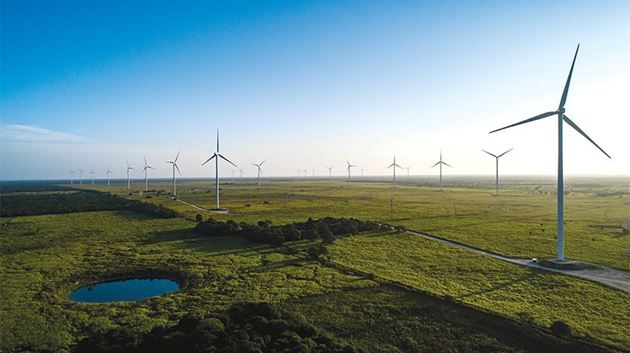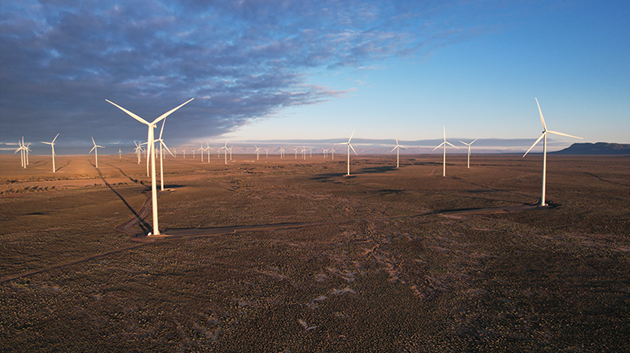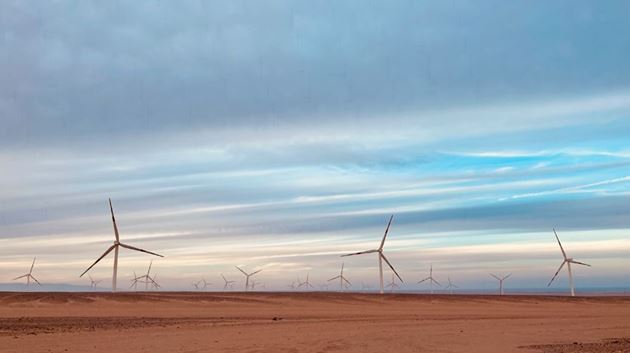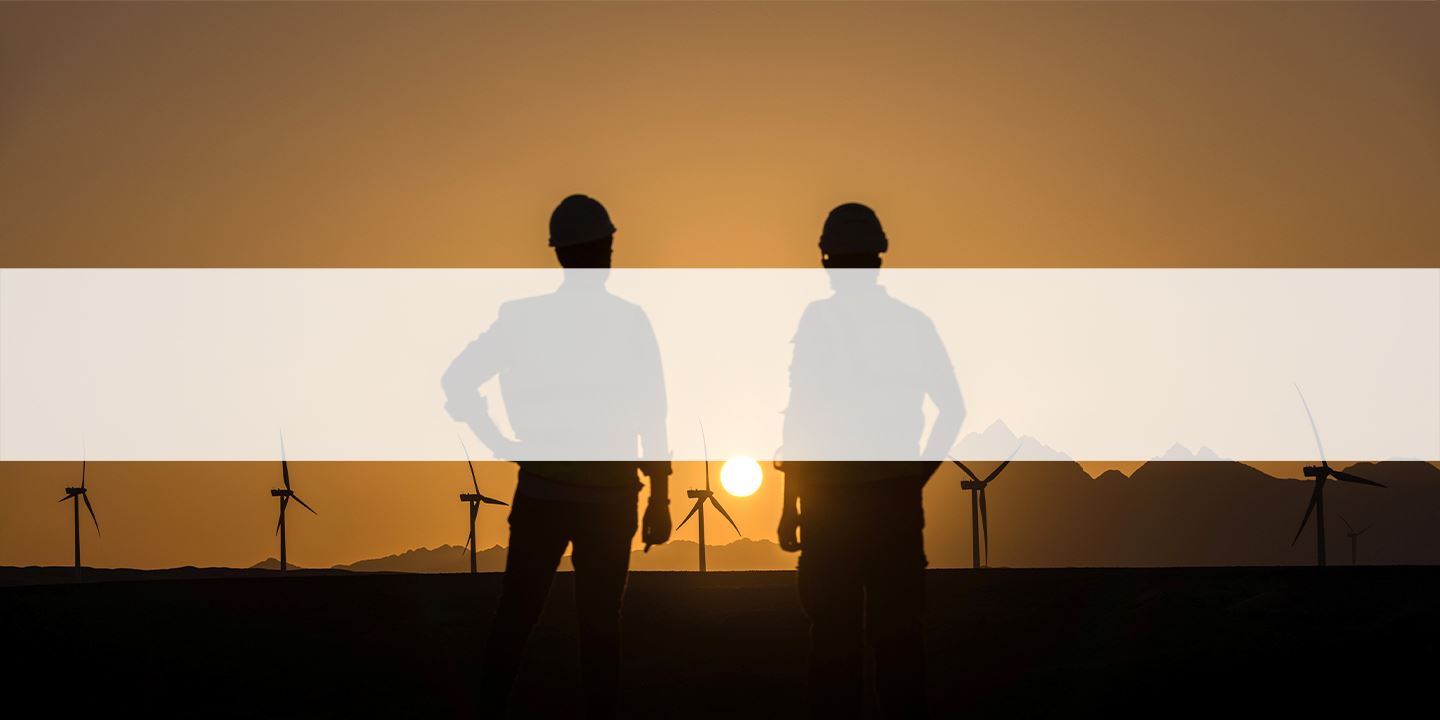
Wind power can deliver a sustainable future for Africa
Madrid / 8 November 2022
We are in the middle of a global energy crisis and a climate change emergency. It is therefore critical to commit to action plans that will avoid long-term lock-in of fossil fuel-based energy generation. More focus should be placed on increasing the renewable contributions within the global energy mix.
Africa is rich in renewable energy sources, particularly solar and wind, and decreasing costs are bringing renewables increasingly within reach. To attain just energy transition there needs to be an acceleration of the implementation process.
Climate change is putting Africa’s energy systems at risk of disruption. According to the International Energy Agency’s (IEA) Africa Energy Outlook 2022, “three-fifths of the continent’s thermal power plants are at high, or very-high risk of disruption by water stress, and one-sixth of its liquefied natural gas (LNG) capacity is vulnerable to coastal flooding.” To ensure greater resilience there will need to be a significant investment in climate adaptation.
Africa currently accounts for less than 3% of the world’s energy-related carbon dioxide (CO2) emissions, and it experiences a disproportionate number of negative effects of climate change. According to the IEA, by 2050, North Africa is facing a rise in median temperature of 2.7 degrees Celsius in comparison with the global average rise of 2 degrees Celsius. If not addressed, this could result is a reduction of African gross domestic product (GDP) by around 8 percent in 2050. In East Africa, this figure would be closer to 15 percent.
To mitigate the ongoing volatility in the supply and cost of fossil-fuel energy, and the dangers of accelerating climate change, African governments must focus on scaling up higher volumes of renewable energy – in particular wind power — as part of their sustainable energy mixes.
Wind power as a driver of socio-economic growth in Africa
The wind industry can provide the world with energy security and independence through domestic, clean, and competitive sources. As different countries consider increasing the percentage of renewable energy in their energy mix, they can take insights from the lessons already learned in Africa and Europe.

The wind industry started in Northern Europe and Spain in the 1980s, and since then, has burgeoned across the continent. Today, the European Union’s wind energy sector has a significant impact on the EU’s economy, supporting more than 300,000 jobs, contributing €37 billion to the EU’s GDP, and generating €5 billion in local taxes every year.
Progress is also being made across the Middle East and Africa (MEA) region, recording in 2021 its best year ever in wind power installations. According to the Global Wind Energy Council, over the next five years (2022 – 2026), MEA is expected to add a total of 14 GW of new wind capacity, primarily driven by growth from South Africa (5.4 GW), Egypt (2.2 GW), Morocco (1.8 GW), and Saudi Arabia (1.3 GW).
IRENA’s modelling reveals that when accompanied by the right policies, shifting towards a renewable energy system could lead to a 6.4% higher GDP, 3.5% more economy-wide jobs, and a 25.4% higher welfare index throughout the outlook period of 2020 to 2050.
Partnerships must drive Africa’s energy transition
Although blessed with abundant renewable sources, like wind and solar, as well as land availability, Africa is only tapping into 0.01% of its wind power potential. Unlocking the potential of wind and solar will also trigger the development of green hydrogen projects in the continent.
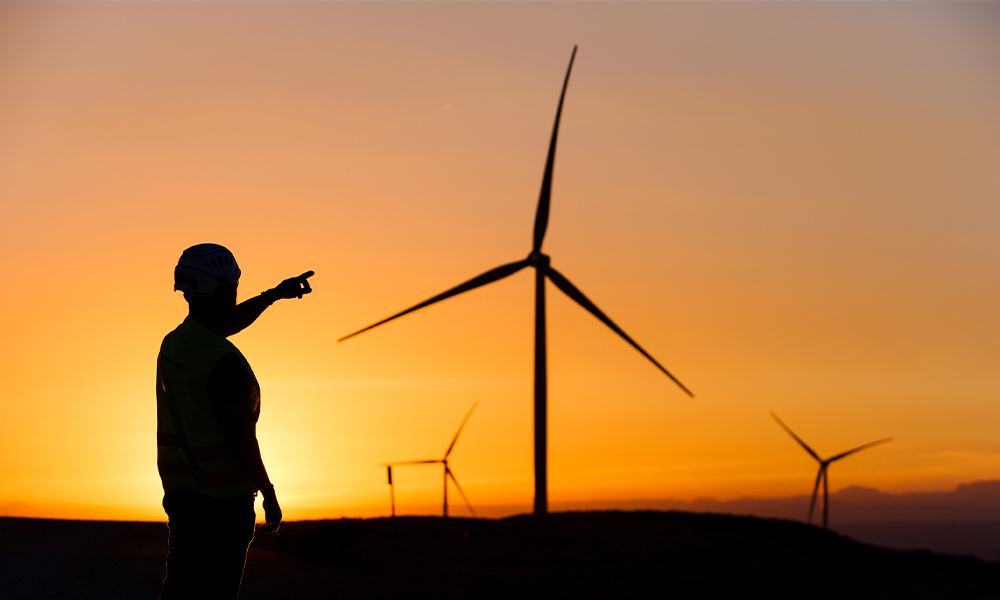
Uncertainty on wind-enabling frameworks is jeopardizing the full potential that wind can play in accelerating the energy transition while providing Africa with clean and competitive energy security. Partnerships, both among public stakeholders as well as between the public and the private sector, can create stability and strengthen the wind energy sector and allow it to contribute to climate crisis mitigation efforts, continue innovating, and provide energy security across the continent.
When you consider that 46 of Africa's 54 countries are classed as low-income or lower-middle income according to the World Bank, it makes sense that for a successful transition to renewable energy to occur, partnerships are the most feasible way forward, as it would be difficult for governments, or the private sector to bear these costs alone.
To succeed in a just energy transition, governments must continue to attract international investment, and for that they need to deliver visible project pipelines for wind energy installations, especially in the MEA region. This means investors require stable and predictable frameworks and clear implementation pace so that manufacturers and suppliers can load existing factories and plan in advance for new capacities.
By focusing on the development of cohesive and inclusive policies, streamlining permitting schemes, fostering multilateral renewable energy partnerships and trade agreements, and investing in the acceleration of renewable electricity grid construction, African governments can move closer to achieving more than just SDG7. In doing so, they could reap the socio-economic benefits that wind energy offers, while increasing their country’s energy security.

